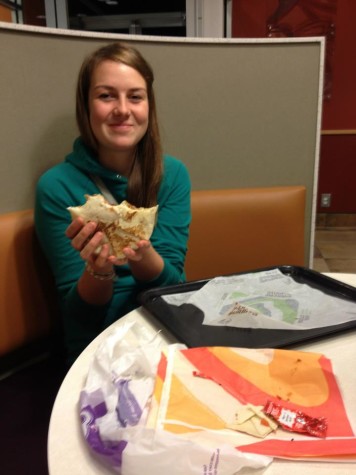Few students may consider how the layout and setup of their online course programs affect their learning ability. At a lecture on Jan. 24, 2013, Professor Bemer and Professor Henning of the Southwest Minnesota State University English department gave a presentation titled “Negotiating Meaning Through Interface Design.”
The Professors were introduced by Professor Jay Brown. Professor Henning began the lecture by introducing the main question she researched: “What can we learn from Weight Watchers Online & Adult Learning Theories?” She presented a Focault quote from 1990: “Politics is power…language use is an act of power.” With this she discussed using language to empower and motivate students.
In particular, she discussed how best to motivate adult learners. She said that she sees 25 as the age at which people are taking that next step of adulthood.
Design elements that she noted adults wanted to see in their online learning programs included respect and self control; interaction; connections with past, present, and future learning; self-reflection and assessment; and opportunities.
Professor Henning used Weight Watchers Online as a model for examples of elements such as interaction, connection, and reflection. Weight Watchers Online uses discussion boards, activities and food trackers, and flagged warnings to keep users on track. Professor Henning drew parallels between these features and those that can be applied to an online classroom. The aspects of the program she would most like to see implemented included design that was relevant, interactive, and strategically flexible.
Professor Bemer focused her presentation on the design of writing center websites. She did research in response to the question “what can we learn from writing center websites?”
She hoped to discover what the most effective web interfaces for motivating students would be. Her rhetorical and usability theories reflected the needs of students using writing center websites. Of the 100 sites she researched, 16 were community college writing center websites, 26 were for private universities, and 58 were for public universities.
She examined whether the websites displayed their schedules explicitly, offered options for scheduling, and offered online tutoring services. Of the 100 sites, she noted that only 20% offered a minimum of three tutoring methods. She displayed multiple examples of tutoring center websites, some good and some bad. Professor Bemer saw two important priorities for the sites: working on being inclusive in their scheduling methods to better identify with students, and viewing their design through a student’s perspective.


